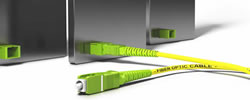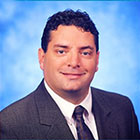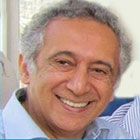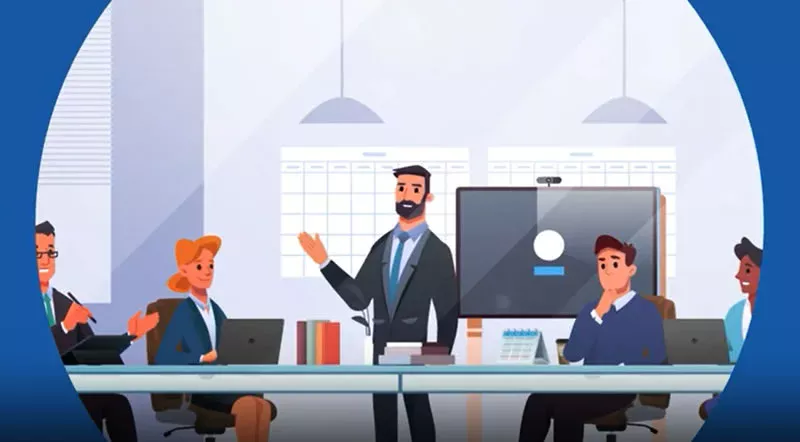How Network NoiseHawkAI Is Changing Network Monitoring
Network NoiseHawkAI uses advanced Data Labeling and Data Analysis algorithms, combined with Machine Learning techniques to localize upstream and downstream spectrum noise in an HFC plant down to a single component or network segment. This is done without inserting any physical devices into the network, the home or the headend. A NoiseHawkAI server or group of servers (scaled to fit the network) runs constantly, learning from results and from collected data.
By utilizing Data Labeling and leveraging an Advanced Noise Lab in Promptlink’s research facility, Promptlink has been able to recreate different conditions that lead to many different types of noise. By profiling these noise types and using Machine Learning to find a granular view of these multiple factors, Promptlink is able to recognize these same noise and impairment types in a live HFC cable plant. Advanced AI cable network monitoring technology has proven to be the only way to accurately pinpoint and localize such upstream and downstream noise.
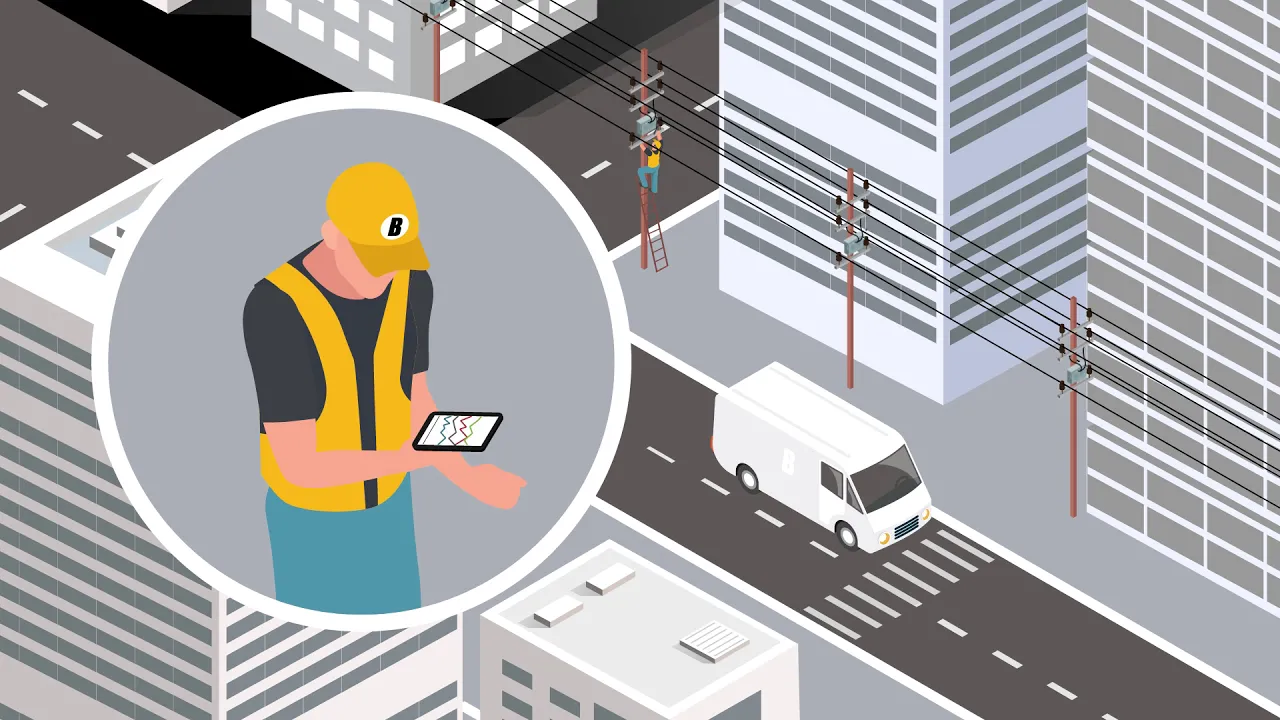
NoiseHawkAI takes all the data collected by an operator’s and the NoiseHawkAI polling engine, runs the information through the Data Analysis Engine and create alarms that are then localized to a network component. Once the NoiseHawkAI engine has identified the source of noise in an HFC cable plant, an automated report is generated. This Noise and Impairment Localization (NAIL) report is sent to the network NOC or directly to technicians. Technicians have in this report an exact point in the network to check for damage or other conditions that lead to the upstream or downstream spectrum noise, which can affect huge numbers of customers attempting to work or play on the internet. This noise and automated common path distortion localization is the only tool proven to localize such noise and impairments accurately.
Deployment and Integration
NoiseHawkAI’s cable network monitoring has been designed to operate independently from other network tools. However, NoiseHawkAI can produce data and reports that can be integrated into an existing alarm or trouble ticketing system. With APIs present, NNHAI can feed these other systems the critical data needed to solve network noise issues. NoiseHawkAI’s Data Analysis Engine can also be utilized by operators to process their own data. NoiseHawkAI can poll independently, or can use other incumbent systems to utilize data gathered from existing polling, and supplement it as needed to localize noise and impairments.
NoiseHawkAI utilizes existing data, such of the geographic location of network components, as well as the hierarchy of these components, in order to better localize the sources of problems. Data from an operator, including network maps, and positions of customer devices (CPE) can be imported and used to easily represent where to go and what to fix when noise and impairments are located. Promptlink works closely with customers to validate such data, and to keep the data current as networks evolve and change. These tools are already built-in to the NoiseHawkAI infrastructure, making such data collaboration easy and agile.
Conclusion
NoiseHawkAI is a unique and ground-breaking product, utilizing the power of AI and modern computer hardware for automated common path distortion localization and localization of other upstream and downstream noise types in an HFC plant. The AI technology takes the data and analyzes it to find these sources. Machine Learning techniques allow the NoiseHawkAI product to learn and evolve continuously to the unique characteristics of individual cable plants.
Knowledge gained from years of experience, and from operating the Promptlink NoiseHawk Lab in Oceanside, California, is applied using these tools to solve the problem plaguing all HFC network operators of localizing upstream and downstream noise, from Common Path Distortion to impulse noise and cable ingress.
Contact Promptlink today to see NoiseHawkAI in action, or to gain access to the NoiseHawk Lab to do your own research into noise and impairments.
DOCSIS 4.0: Ushering in the Next Generation of Cable Internet
What is Wi-Fi 7? The New, Faster Standard
Trends in Set-Top Box Deployments
How Network NoiseHawkAI Is Changing Network Monitoring
Deciding if Automated Testing is Right for Your Application
Using AI Technology to Automate Pinpointing Upstream Noise
Pandemic-Related Component Shortages and the Impact Across the Broadband Industry
What is Wi-Fi 6 and Why is It Important?
What is CPE and Why Does It Matter?
Rural Broadband and FCC Expansion Explained
The Challenges of Monitoring Upstream Noise in a Remote PHY Environment
Why Promptlink Automated STB Solution is Right for You
What is broadband network noise and why is it difficult to find?
How Do You Measure Network Health and Performance




